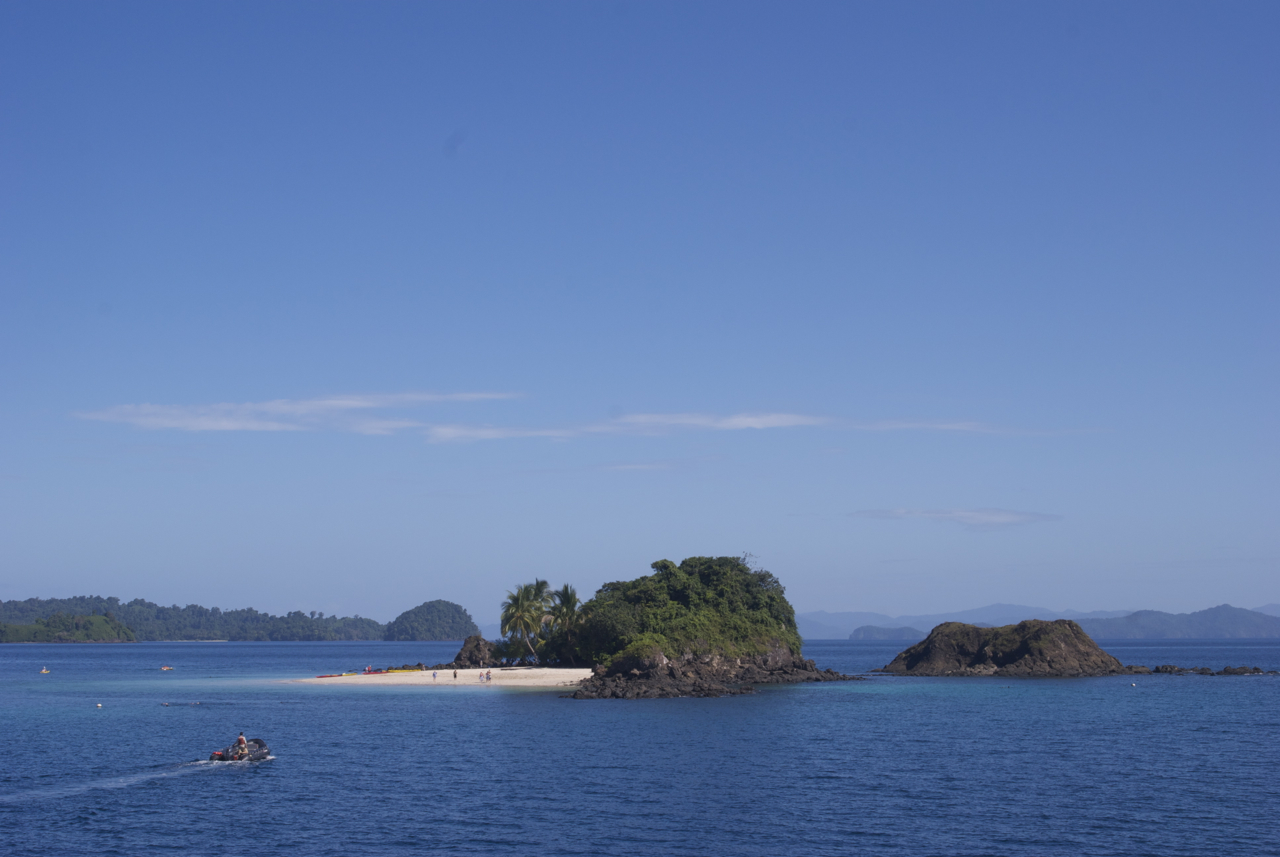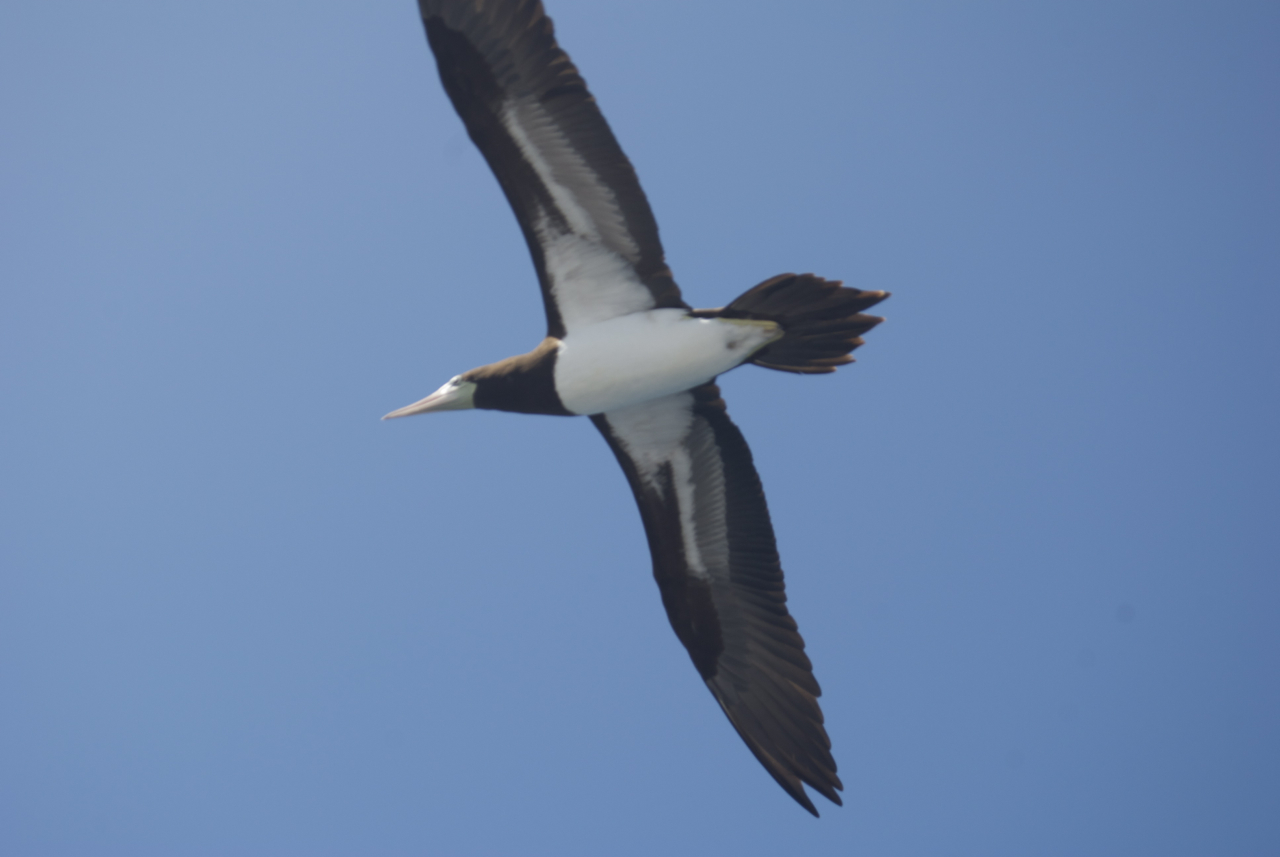As advertised, I am back in my blue coveralls, at work aboard the Sea Lion. Returning to the boat requires just as much of a mental shift as returning home does. I’ve spend the last week pausing every so often to wonder if that thing has always made that sound, and is that rattle new, and does this space normally smell like that?
Just as I apparently lose the first week home to the couch and my dog, no matter how well I plan or how strong my resolve to do better this time, I lose the last week at home to last minute dyeing/preparing to leave home for six weeks (or eight weeks this time). This time I lost a whole day during my last week home to a week-earlier-than-I-expected shearing at Buckwheat Blossom Farm, which led to a lovely farm visit and a lot of fleece off to the mill (for my 2015 gansey yarn, and the return of my 3-Ply Coopworth Sport-weight) but also meant that I did not have time to meet up with my mom to give her my new inventory. So, until my husband can coordinate a trip to Portsmouth, which will hopefully happen soon, new yarn will remain unlisted. This is probably a good thing, as the other item on my “to-do” list that I failed to tick off was the whole posting-new-items/newsletter business. I will now be designing a newsletter and posting yarn via the ship’s satellite internet system, which is a bit slow for photos. I apologize for the delay, and am grateful for your patience.
To offer a preview:
I will be offering two yarns, one fingering weight and one slightly lighter fingering weight, both spun from mixed flock of Cotswold and Romney at Liberty Wool Farm in Palermo Maine. My 3-Ply Cotswold fingering weight yarn is meant to replace the 3-Ply Cotswold x Romney fingering weight yarn of previous years. I have dyed it two shades of blue, lots of pine green, and a dark gray, as well as leaving a fair amount an undyed natural cream color. The second yarn is from a group of sheep with slightly more Romney than Cotswold in their lineage (hence the name “Romney > Cotswold” - naming yarns is difficult). The fleece is a bit shorter and a bit crimpier than the more even Cotswold x Romney fleece, and the resulting yarn has a pleasing smoothness and bounce. The yarn is spun to a more traditional fingering weight. These fleeces were mainly mid-brown, and they blended to a dark gray/brown color that I am calling Bark. Because the undyed yarn is dark, I could only create darker colors when dyeing, but using a darker yarn as my base added quite a bit of depth to the resulting color. I am quite happy with the forest green, dark indigo, deep brown, and oxblood red that the yarn achieved.
On a slightly more boat related note - while fixing the hinge on the door to the laundry storeroom I noticed this lovely creature keeping one of the stews company.














